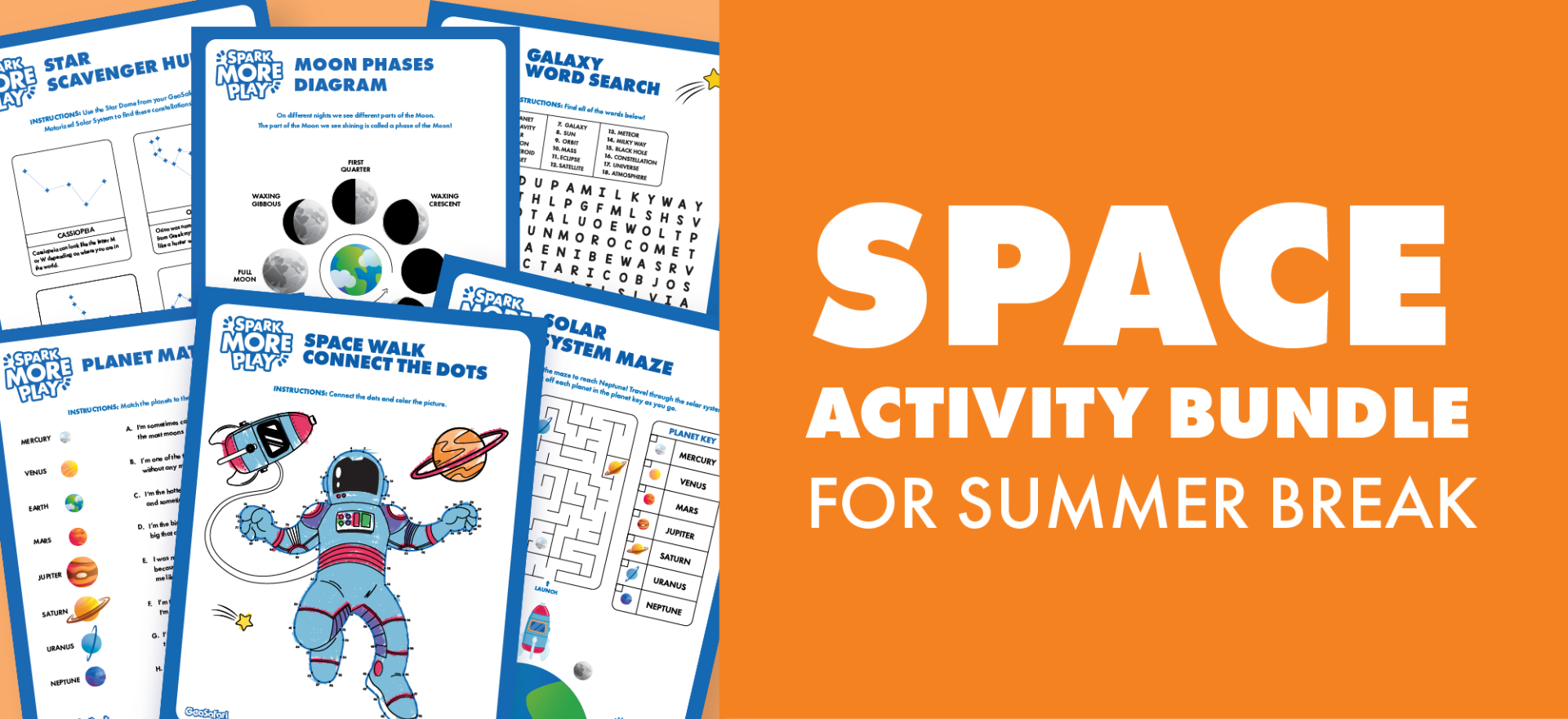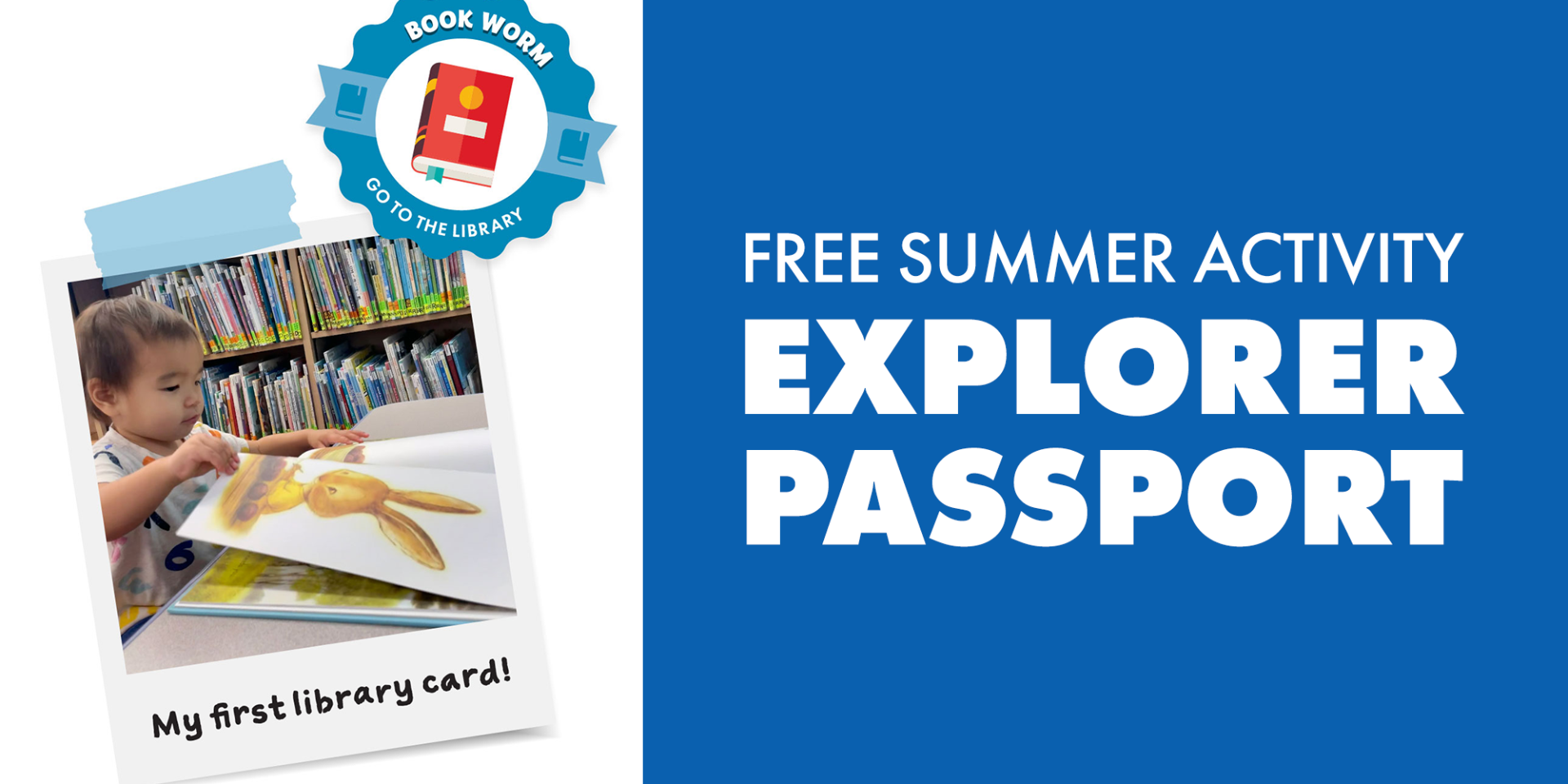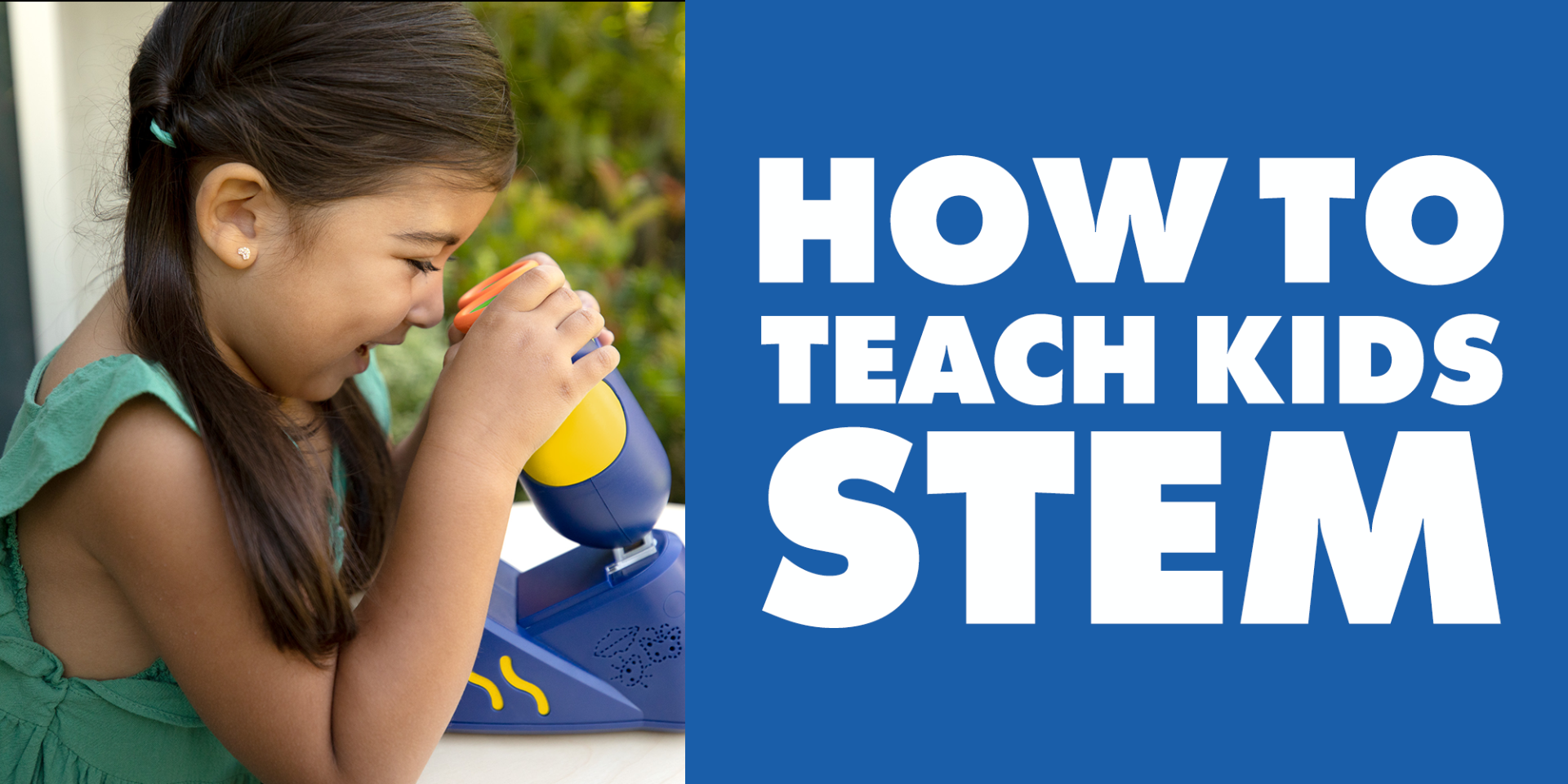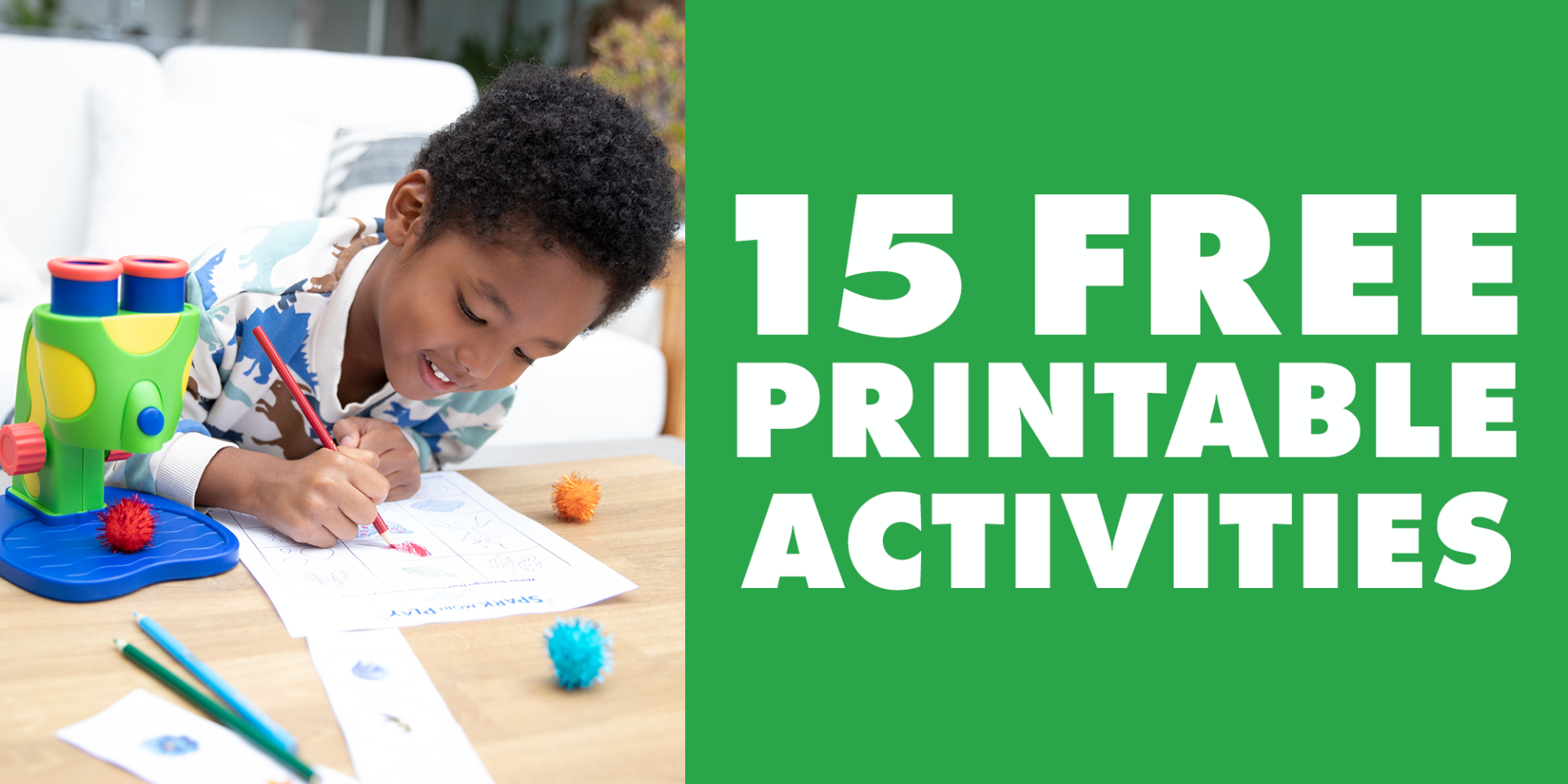
5 Easy Calm-Down Corner Ideas
- EI Editor Posted On Aug 4, 2021
Little ones are just learning to regulate their emotions and responses. Spending a few moments in a quiet place before big feelings become overwhelming can do wonders to help kids process their emotions and build the emotional intelligence to begin to self-regulate.
Enter the calming corner, also called a calm-down corner, a super-effective, easily created, a quiet place perfect for regrouping, self-soothing, and reflecting. Check out these five tips from the Experts in Play at Educational Insights to help you create and use a simple but effective calming corner in the classroom.
1. Know When to Use the Calm Down Corner
Different from a time out, the calming corner is used as a preventative measure, a place where kids can go BEFORE things get out of hand. Look for signs of overstimulation, escalating stress, or heightened emotions and suggest that your student or child spend a few quiet minutes calming themselves. Ideally, kids will eventually begin to recognize these feelings brewing and send themselves to the calming corner.


2. Cozy is Key
The calming corner should feel like a reward for the recognition and management of big feelings, so make it comfy and cozy! Find a quiet, semi-private place, add a soft rug, beanbag chair, squishy pillows, stuffed animals, and blankets.


3. Stock It Up
The idea here is not to sit in quiet reflection (unless that’s what the child wants to do) but rather to redirect overwhelming feelings. Sensory-stimulating activities like a homemade glitter jar, bean bags, and fidget toys work well, as does squishy, squashy Playfoam®. Simple, quiet toys and books also make a nice addition, like Mixaroo, mix-and-match stuffed animal pieces perfect for self-expression and creativity.


4. Headphones
Speaking of quiet, your calm-down corner should be calm and quiet, but it doesn’t need to be silent. Consider providing headphones so kids can listen to soft music of your choosing, child-friendly meditations, or white noise as they regroup.


5. Decorate
While your calming corner should not be overwhelming or overstimulating, scenic, motivational, or social-emotional posters (you know, the ones that show different feelings and name them) can add to the ambiance of your space and provide kids some tools for the future.


Creating a calm-down corner in the classroom or at home is a great way to help kids learn to identify and manage their feelings so they can have a sense of calm in their bodies and mind. And teachers, find other tips and tricks for creating a calm, cool, collected classroom on our blog!
 Shop UK Site
Shop UK Site 












